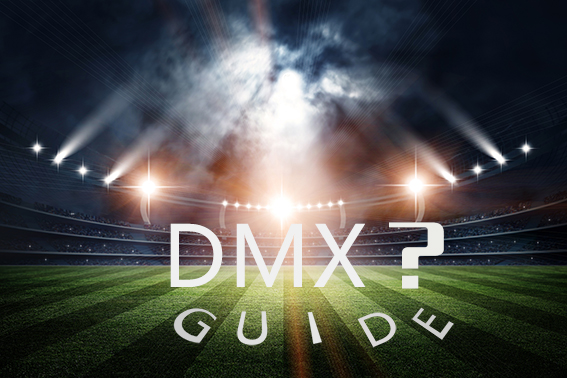
Lighting plays a crucial role in creating the right atmosphere in a stadium. One of the technologies that have revolutionized stadium lighting is the Digital Multiplex Signal (DMX) system. In this article, we will delve into the world of DMX systems, their history, how to install them, and the concept of DMX splitters and boosting.
Introduction to DMX Systems
DMX systems are a standard for digital communication networks that are commonly used in stage lighting and effects. They were originally intended for controlling light dimmers, which, when first developed, used various incompatible, proprietary protocols. However, DMX512 has since been applied to control a variety of other stage lighting and effects, making it a versatile solution for lighting designers.

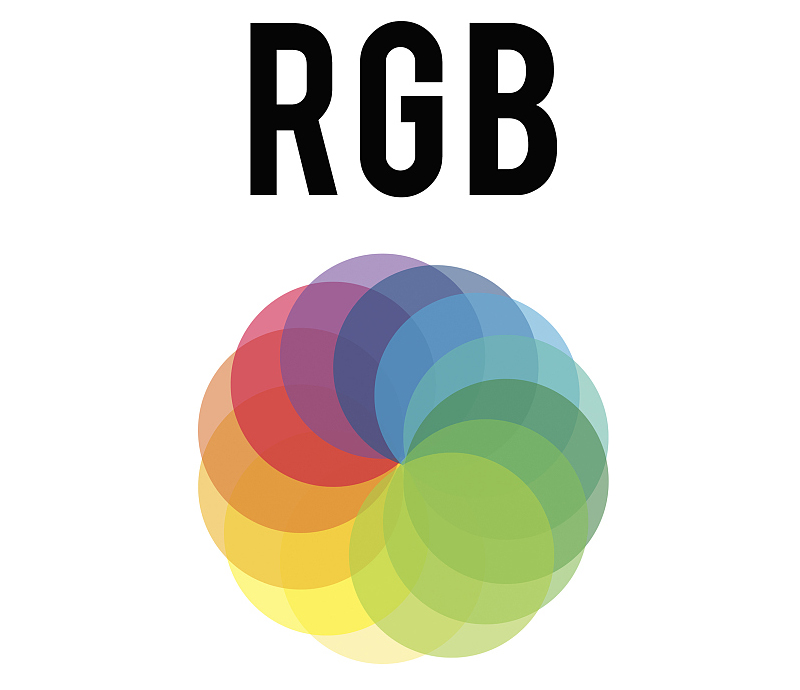
Basics of DMX
DMX, short for Digital Multiplex, is a communication protocol used in most automated lighting systems. It's a way for the lighting console (or computer) to talk to the lights. DMX data is sent as a serial stream of data, which can control up to 512 channels per line. Each channel can be assigned a value between 0 and 255, which can represent anything from intensity levels, color values, or position information.
Intensity Levels
Intensity levels refer to the brightness or dimness of a light. In a DMX system, each channel can control the intensity level of a light fixture. The value assigned to a channel, ranging from 0 to 255, determines the intensity level. A value of 0 typically means the light is off (no intensity), and a value of 255 means the light is at its maximum brightness.
Color Values
Color values refer to the specific color that a light can produce. In a DMX system, color is often controlled using multiple channels, each representing a primary color (usually Red, Green, and Blue, known as RGB). By varying the intensity levels of these primary colors (each assigned a value between 0 and 255), a wide range of colors can be produced.
Position Information
Position information is particularly relevant for moving lights, such as those used in stage shows or concerts. In a DMX system, one or more channels can be used to control the position of a moving light. The value assigned to a channel can represent a specific position or angle that the light should move to. This allows for precise control over the movement of lights, enabling complex lighting effects and patterns to be created.
History of DMX
DMX was first developed in 1986 by an engineering commission for the United States Institute for Theatre Technology (USITT). The aim was to standardize the many different existing lighting protocols into one that allows brands from various manufacturers to work together. In 2004, DMX was approved by ANSI as the Asynchronous Serial Digital Data Transmission Standard for Controlling Lighting Equipment and Accessories.

Installing a DMX System
Installing a DMX system involves a few key steps. First, you need to consider the number of fixtures and channels you need to control. Each fixture will need a specialized DMX address through a DMX decoder unit. You should also consider the wattage level for each fixture, as each DMX controller can hold a certain amount of wattage before it can overdrive.
Wiring a DMX System
DMX is always wired in a series topology for the very purpose of unit addressing. Once you've series wired each light in a unit/fixture, you'll move to the next fixture using the "Daisy chaining method." This method involves inputting the initial DMX cable into the first fixture, and the output of this cable from the first fixture forms the input on the second fixture and so on.
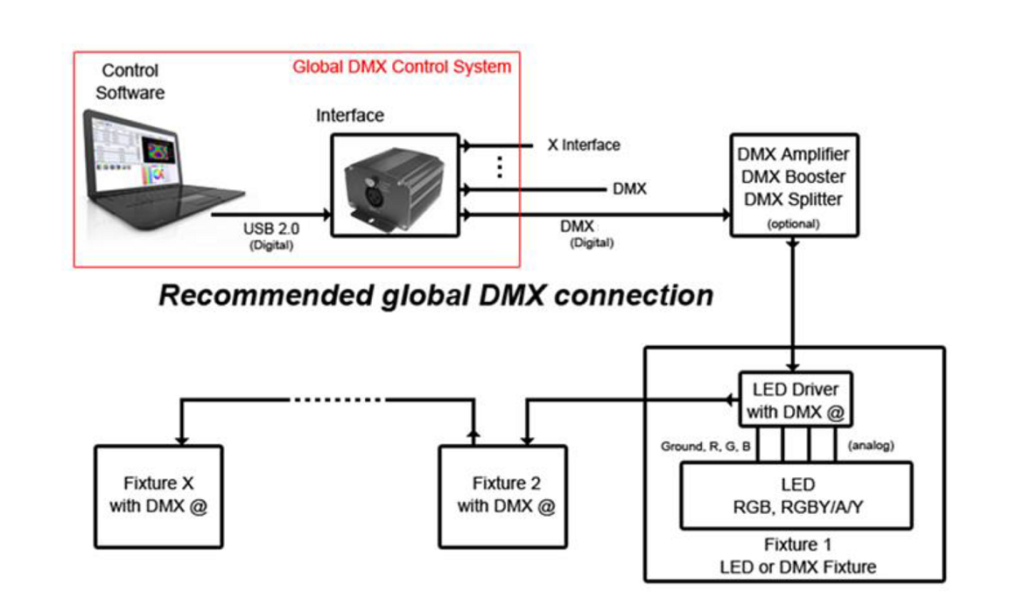
Understanding DMX Splitters and Boosting
If you have more than 32 devices/lights for a single daisy chain, you'll need to split the DMX cable into more lines. A DMX splitter, also known as DMX Opto-split or DMX repeater, will split the single cable, and each of the resulting line splitters can manage 32 devices. The DMX splitter works by copying the DMX output multiple times.

DMX512-A: An Upgrade to Earlier DMX Versions
DMX512-A is an American National Standard Institute standard run by the PLASA organization. This newer version, officially called ANSI E1.11, introduces new features and definitions.
New Features of DMX512-A
DMX512-A brings several new features, including backwards compatibility, System Information Packet (SIP), Text Packet, Installation Test Packet, a system of Unique Manufacturer Identification Codes, and RDM/ Remote Device Management Protocol.
| Update | Tanım |
| New Start Codes | DMX512-A allows for new start codes to be used. These start codes can define the subsequent data in different ways, allowing for more flexibility in the data transmitted. |
| Text Packets | DMX512-A allows for text packets to be sent. This allows for more complex data to be transmitted, such as names of lights or instructions. |
| System Information Packets | DMX512-A introduces system information packets (SIPs). These packets can contain information about the status of the system, such as the temperature of a light or the status of a circuit. |
| Test Packets | DMX512-A introduces test packets. These packets can be used to test the integrity of the data link and to ensure that all devices are functioning correctly. |
| Increased Device Compatibility | DMX512-A increases compatibility between devices. This is achieved through the use of standardized responses to certain commands, making it easier for different devices to communicate with each other. |
| Backwards Compatibility | DMX512-A is backwards compatible with the original DMX512 protocol. This means that devices designed for DMX512 can still be used with DMX512-A. |
| RDM (Remote Device Management) | DMX512-A introduces RDM. This allows for two-way communication between the controller and the devices, enabling devices to send feedback to the controller. |
New Standard Definitions of DMX512-A
The new standard definitions of DMX512-A include higher levels of electrical protection for the data connection, allowable earthing practices, use of pins 4 and 5, and connector usage.
| Definitions | Tanım |
| Electrical Protection | DMX512-A includes higher levels of electrical protection for the data connection. This is to ensure the safety and longevity of the equipment used. |
| Earthing Practices | The standard defines allowable earthing (grounding) practices. This is important for the safety of the equipment and the people using it. |
| Use of Pins 4 and 5 | The use of pins 4 and 5, which were previously reserved, is now defined in the DMX512-A standard. These pins can be used for various purposes, including Return Data, Text/Data Link, or future standardization. |
| Connector Usage | The standard specifies the type of connector to be used. The most common type is the 5-pin XLR connector, but the standard also allows for other types, such as the 3-pin XLR. |
DMX in Stadium Lighting
DMX systems have been widely adopted in stadium lighting due to their versatility and efficiency. They allow for precise control over lighting fixtures, enabling the creation of dynamic and engaging lighting effects. Moreover, DMX systems are not manufacturer-specific, meaning you can use different brands of DMX-certified gears on the same installation without getting inconsistent results.
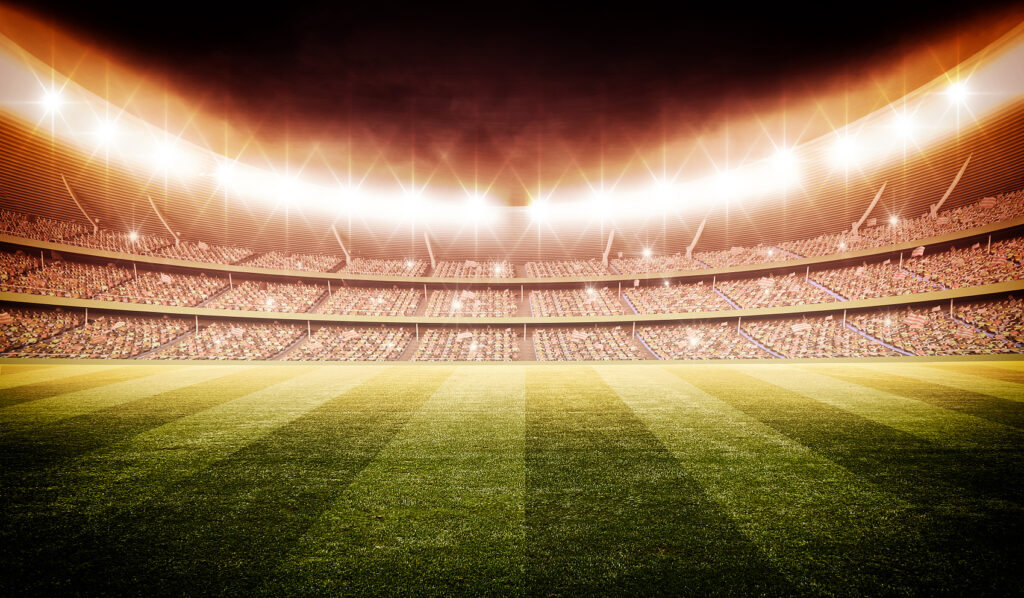
Benefits of DMX in Stadium Lighting
Flexibility and Control
One of the main benefits of DMX in stadium lighting is the flexibility and control it offers. With DMX, you can control each light individually, allowing you to create complex and dynamic lighting effects. This is particularly useful in stadiums, where the lighting needs to be adjusted frequently for different events.
Efficiency and Energy Saving
DMX systems are also highly efficient, which can lead to significant energy savings. Because DMX allows for precise control over each light, you can ensure that no energy is wasted. This is especially important in stadiums, which often have hundreds or even thousands of lights.
Versatility and Compatibility
DMX is a versatile and compatible system. It is not manufacturer-specific, meaning you can use different brands of DMX-certified gears on the same installation without getting inconsistent results. This makes it a cost-effective solution for stadium lighting.
Real-world Examples of DMX in Stadium Lighting
Example 1
One example of DMX in stadium lighting is the lighting system at the Mercedes-Benz Stadium in Atlanta, USA. The stadium uses a DMX system to control over 2,000 LED lights, creating dynamic lighting effects for different events.


Example 2
Another example is the Wembley Stadium in London, UK. The stadium uses a DMX system to control its lighting, allowing for precise adjustments to match the atmosphere of different events.
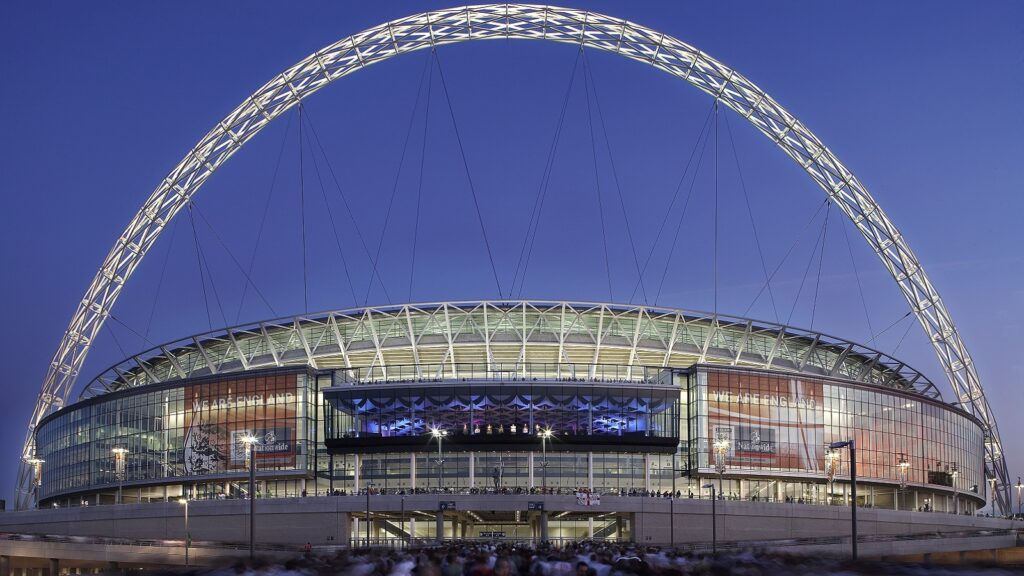

Example 3
The Allianz Arena in Munich, Germany, also uses a DMX system for its lighting. The system allows the stadium to change the color of its exterior lighting, creating a unique visual experience for spectators.
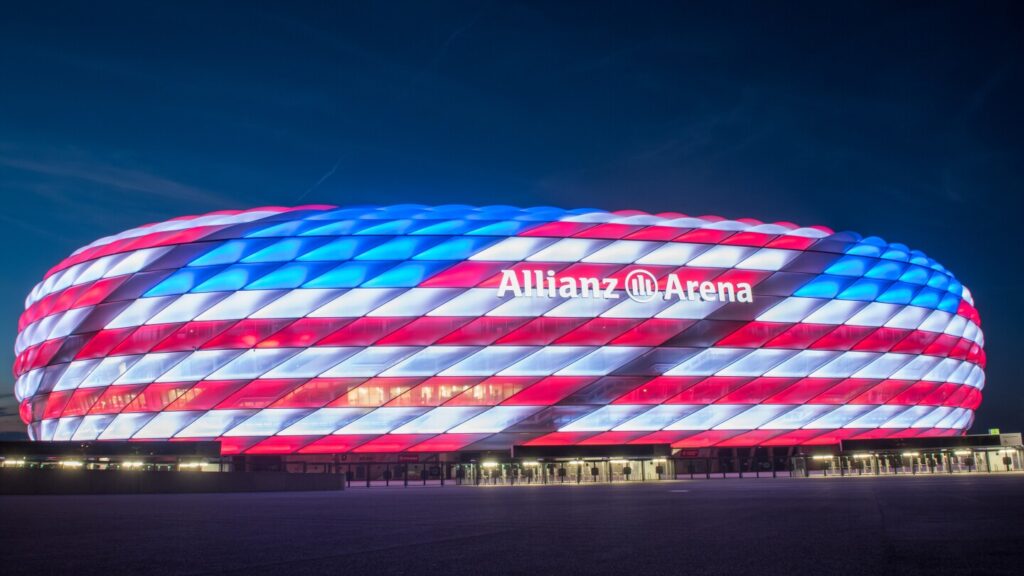
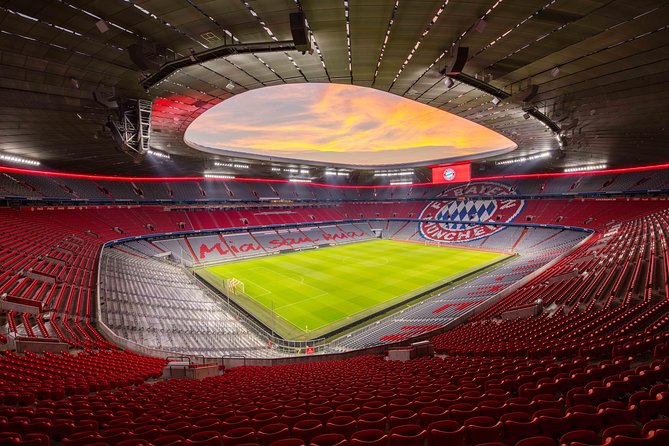
Çözüm
In conclusion, DMX systems have revolutionized the way we light up our stadiums, offering unprecedented control and flexibility. Whether you're a lighting designer, stadium manager, or just a curious reader, understanding how DMX systems work can open up a world of possibilities.

SSS
What is a DMX system?
A DMX system is a standard for digital communication networks that are commonly used in stage lighting and effects.
Why is DMX important in stadium lighting?
DMX allows for precise control over lighting fixtures, enabling the creation of dynamic and engaging lighting effects in stadiums.
What is a DMX splitter?
A DMX splitter, also known as DMX Opto-split or DMX repeater, is a device that splits a single DMX cable into multiple lines, each capable of managing 32 devices.
How many devices can a single DMX cable hold?
A single DMX cable can comfortably handle 32 standard devices.
Is DMX manufacturer-specific?
No, DMX is not manufacturer-specific. You can use different brands of DMX-certified gears on the same installation without getting inconsistent results.






